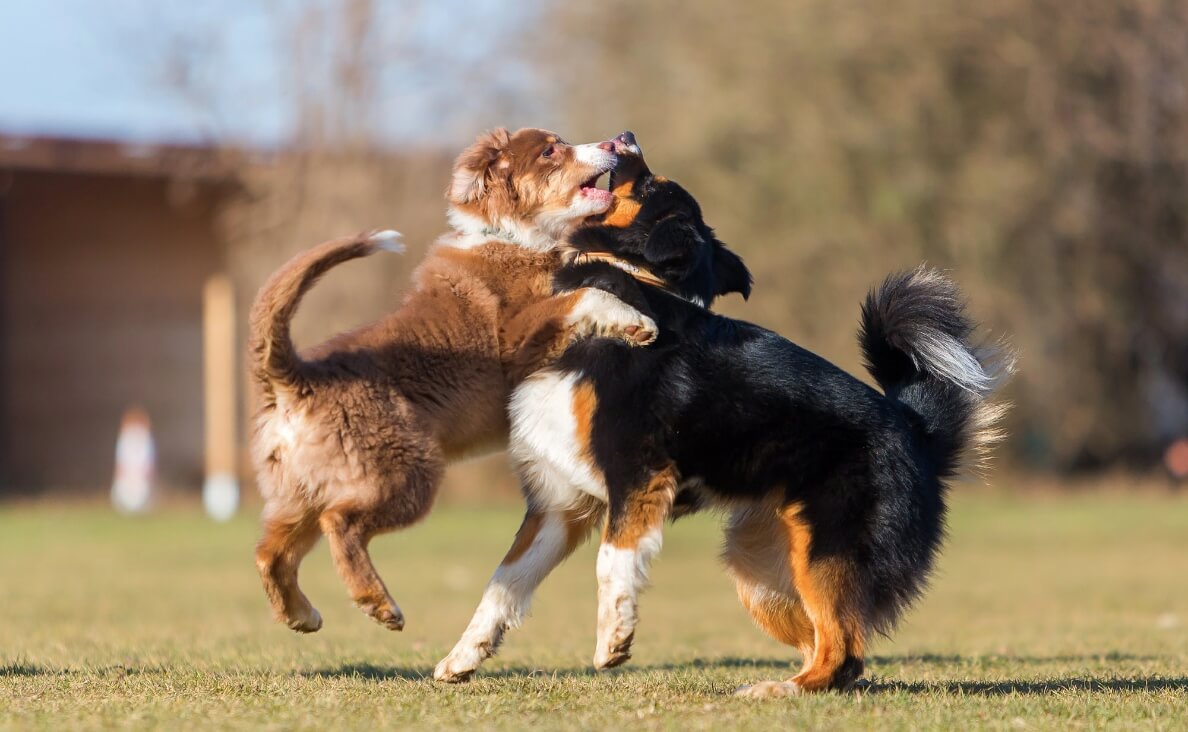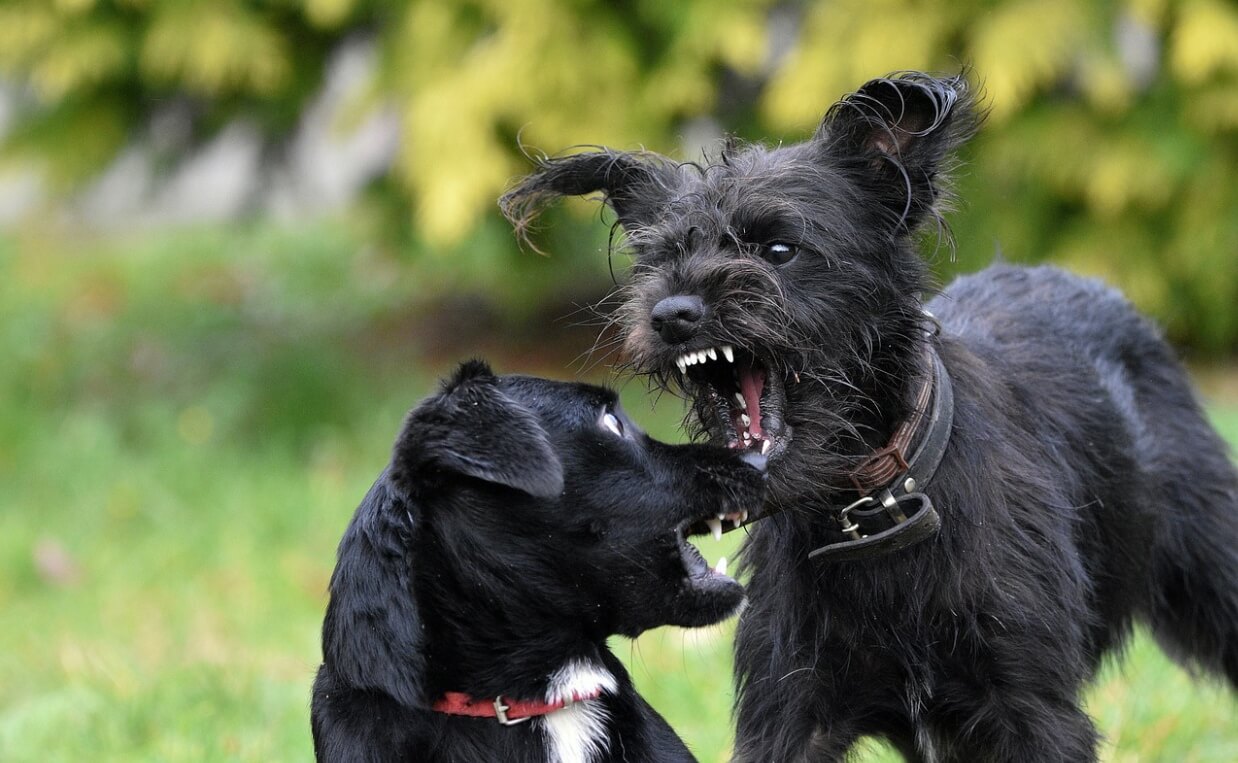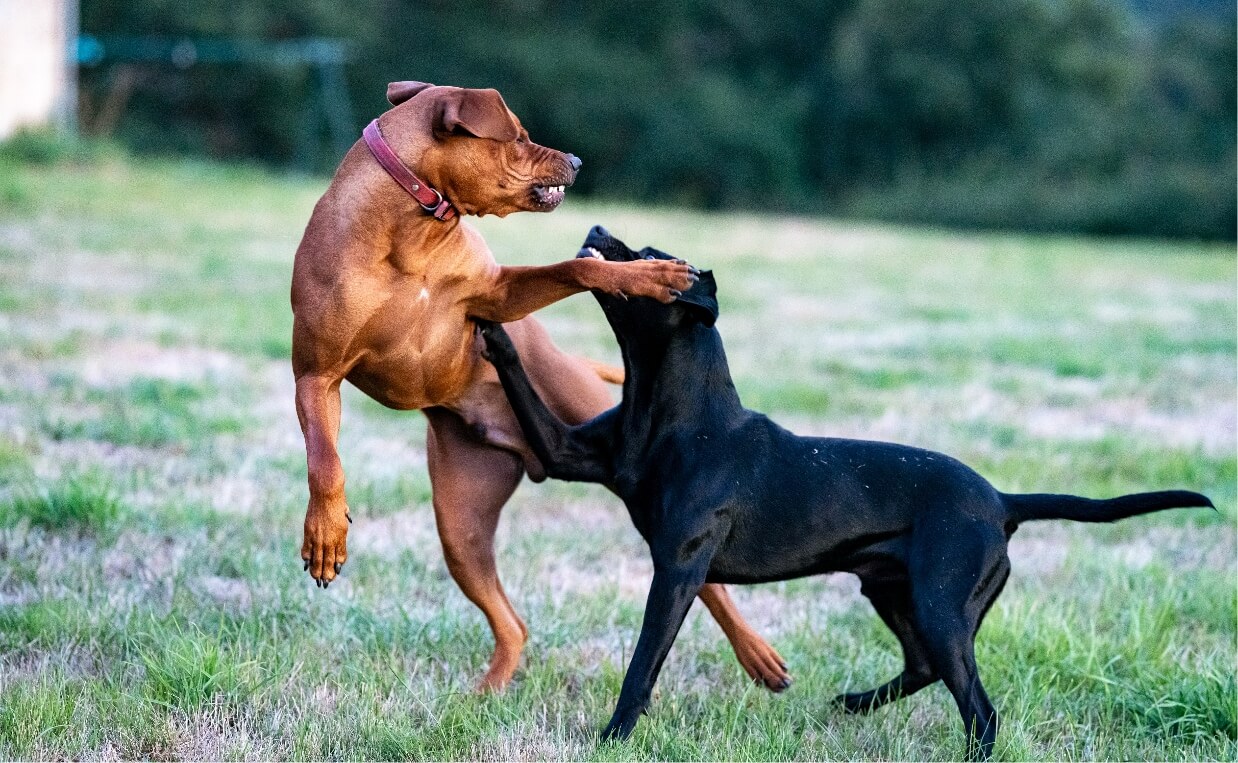
Few experiences are more terrifying for a dog parent than seeing your beloved pet attacked. Whether it happens during a walk, at the park, or even in your own yard, a dog attack is stressful, dangerous, and emotionally overwhelming. In the heat of the moment, it’s hard to think clearly. That’s why knowing ahead of time what to do if your dog is attacked can save your dog’s life, reduce injuries, and help you recover from the trauma.
In this guide, we’ll cover why dogs attack, the warning signs to look for, what to do during and after an attack, and how to prevent future incidents.
-
Why Do Dogs Attack Other Dogs?
Understanding why dogs attack helps you prevent situations before they escalate. Dogs may attack for a variety of reasons:
- Fear or anxiety: A frightened dog may lash out to protect itself.
- Territorial behavior: Some dogs feel the need to defend their space, yard, or even their owner.
- Poor socialization: Dogs who haven’t been properly exposed to other dogs may not know how to interact calmly.
- Resource guarding: Competition over food, toys, or even attention can spark aggression.
- Redirected aggression: A dog that’s overly aroused by something else may redirect its frustration onto a nearby dog.
Related: How to Stop Dog Aggression Toward Other Dogs
By recognizing these triggers, you can anticipate potential problems and avoid conflict before it begins.
-
Warning Signs a Dog Might Attack
Most dogs give warning signs before they attack. Learning to read canine body language can help you avoid dangerous encounters. Watch for:
- Stiff body posture
- Direct, hard stare
- Raised hackles along the back
- Growling or low rumbling
- Snapping or lunging
- Blocking another dog’s path
If you notice these signals, calmly move your dog away. Cross the street, change direction, or create distance. If you’re worried about a dog’s behavior, trust your instincts—avoid contact and keep your dog safe.

-
Immediate Actions: What to Do If Your Dog is Attacked
When an attack happens, every second counts. Here’s what to do if your dog is attacked:
- Stay calm and protect yourself first. Do not put your hands near the dogs’ mouths—they may bite out of panic.
- Use safe separation techniques. Loud noises, spraying water, or inserting a barrier like a backpack or board can break the fight.
- The wheelbarrow method. If another person is present, each grabs the back legs of one dog and lifts them up like a wheelbarrow, pulling them apart safely.
- If a dog won’t release. In extreme cases, experienced handlers may use a break stick or apply pressure to the attacking dog’s flank or ribs. Never choke or hit the dog, as this may cause more damage.
- If your dog is the aggressor. Stay calm, separate safely, and take responsibility for the situation.
-
Get Your Dog to Safety
Once the dogs are separated, move your dog out of the area immediately. Create space so the attacking dog cannot return. Speak in a calm, soothing voice to reassure your dog and prevent added stress.
-
Assess Injuries Immediately
Even if your dog appears fine, it’s critical to check for injuries. Dog bites often cause deep puncture wounds that look minor on the surface but can lead to dangerous infections. Look for:
- Bleeding or puncture wounds
- Limping or favoring a limb
- Pale gums or signs of shock
- Whimpering or reluctance to move
If you notice any of these, seek veterinary care right away.

-
Veterinary Treatment After a Dog Attack
After an attack, professional medical care is non-negotiable. Here’s why:
- Hidden injuries: Muscle tears, internal bleeding, or crushed tissue may not be visible.
- Infection risk: Dog bites easily introduce bacteria deep under the skin.
- Rabies or vaccine concerns: The vet will check vaccination status and administer boosters if necessary.
- Pain management: Your vet may prescribe antibiotics, anti-inflammatories, or pain medication to aid recovery.
Bring your dog’s vaccination records with you to the vet if possible.
-
What to Do If You’re Bitten by a Dog
Sometimes in the chaos of separating dogs, a person may get bitten. Here’s what to do:
- Wash the wound immediately with soap and warm water.
- Apply an antiseptic and cover with a clean bandage.
- Seek medical care promptly—dog bites can cause serious infections.
- Report the bite to local health authorities, especially if the dog’s rabies vaccination is unknown.
Your safety matters as much as your dog’s.

-
Reporting the Incident
After ensuring everyone is safe and injuries are treated, report the attack. Contact local animal control or authorities and provide as much detail as possible:
- Photos of injuries
- Witness statements
- Description of the other dog and owner
This documentation helps protect other dogs in your community.
Who is responsible for the vet bill?
In most cases, the owner of the attacking dog is legally responsible for damages, including veterinary bills. Laws vary by location, so check with local authorities. Document everything and request the other owner’s information at the scene if possible.
-
Supporting Your Dog’s Emotional Recovery
A dog attack doesn’t just cause physical harm—it can also leave emotional scars. Some dogs may develop fear, anxiety, or even aggression after an attack.
- Watch for changes in behavior such as cowering, avoiding walks, or growling at other dogs.
- Provide calm, positive experiences to rebuild confidence.
- Gradually reintroduce your dog to safe, friendly dogs in controlled settings.
- If needed, seek help from a professional trainer or certified behaviorist.
Patience and compassion will help your dog regain trust and feel safe again.

-
Preventing Future Dog Attacks
The best way to protect your dog is through prevention. Here’s how:
- Safe leash habits: Always keep your dog on a secure leash and harness.
- Avoid risky areas: Steer clear of places where uncontrolled dogs may roam.
- Learn body language: Recognize the warning signs of aggression early.
- Socialization and training: A well-trained, well-socialized dog is less likely to react negatively in stressful situations.
- Deterrents: Consider carrying citronella spray or an air horn as a non-harmful deterrent if approached by an aggressive dog.
- Muzzles for high-risk dogs: If your own dog has a history of aggression, a properly fitted muzzle can prevent tragedy.
Prevention not only protects your dog but also reduces the chance of stressful incidents for everyone.
Safe Socialization Through Dog Daycare
One of the best ways to prevent aggression is regular, positive socialization. A professional dog daycare provides a safe, supervised environment where dogs can interact with others under the watchful eye of trained staff. This helps dogs build confidence, learn proper play behavior, and release energy in healthy ways—making them less likely to develop fear or aggression during everyday encounters.

Conclusion
Dog attacks are frightening, but knowing what to do if your dog is attacked gives you the confidence to act quickly and protect your pet. From staying calm in the moment, to seeking veterinary care, reporting the incident, and supporting emotional recovery, preparation is key. Prevention—through awareness, safe handling, and training—is your best defense against future attacks.
Has your dog ever been involved in an attack? What steps did you take afterward, and what advice would you give other dog parents?

 6 Tips to Protect Your Dog from Summer Heat
6 Tips to Protect Your Dog from Summer Heat Should You Get Your Dog Microchipped?
Should You Get Your Dog Microchipped? [FREE DOWNLOAD] How to Choose the Best Dog Daycare for Your Puppy or Dog
[FREE DOWNLOAD] How to Choose the Best Dog Daycare for Your Puppy or Dog 10 Essential Halloween Tips for Dog Owners
10 Essential Halloween Tips for Dog Owners National Pet Fire Safety Prevention Day
National Pet Fire Safety Prevention Day






Leave a Reply